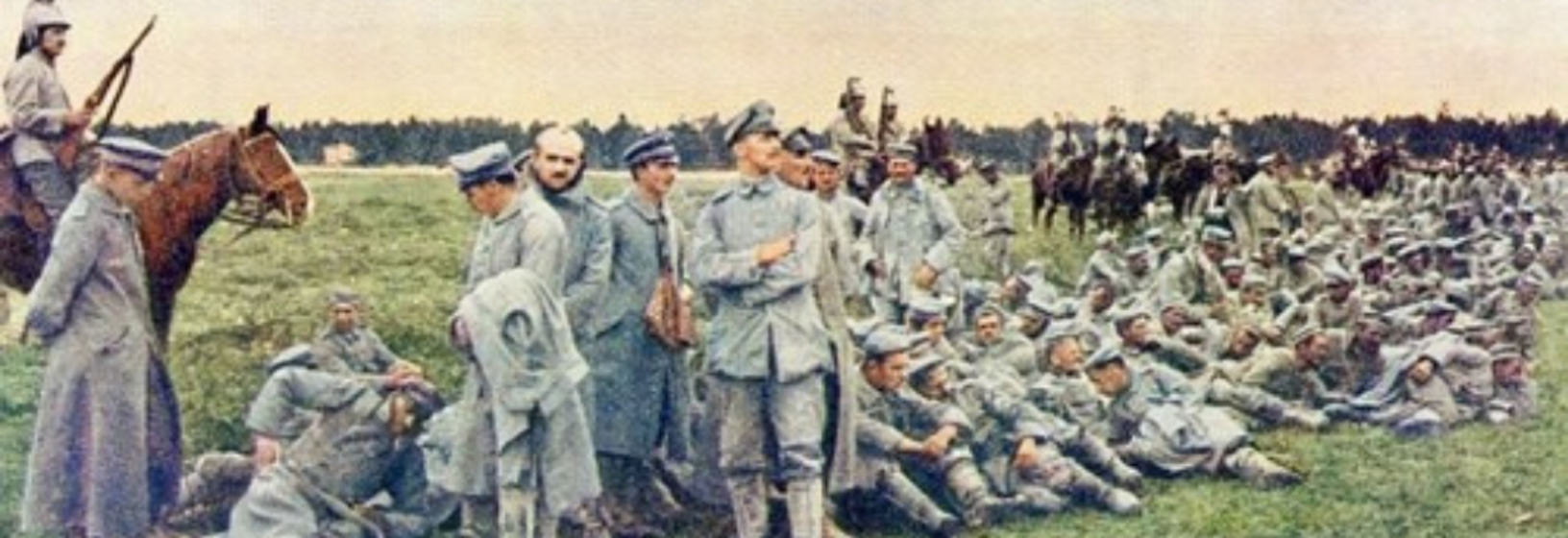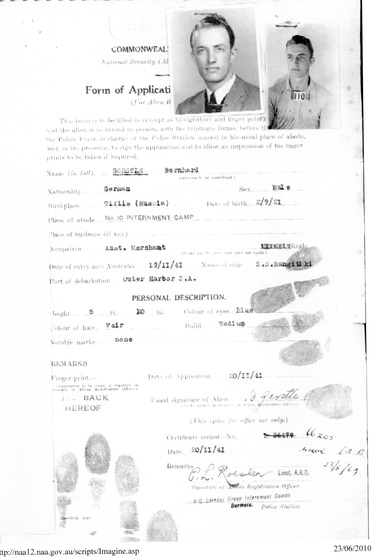Symbols of Survival
Prisoner of war and internee objects in Victorian cultural collections
The internment of civilian and military populations was widespread during the twentieth century.
The Australian experience of imprisonment is complex: Captured Australian soldiers faced years in Asian and European camps, often returning home traumatised or suffering physically. Australia also interned enemy soldiers and civilian residents with ties to enemy nations.
The physical objects created by internees and by the societies that imprisoned them can tell stories not found in archives. Prisoners expressed themselves through art, doctors built tools and internees made furniture to fill sparse barracks. Similarly, authorities used the internee experience to tell stories, and the image of the prisoner could be used to communicate power or compassion depending on the audience.
These objects are comparatively rare in military collections, as internees faced obstacles when producing physical objects. Lack of access to materials, hostile guards and strict rules, low morale and poor health all contributed to their scarcity.
Victorian Collections provides a window into the story of internment. This story uses objects drawn from Victoria’s collecting organisations to explore the internee and prisoner experience.










